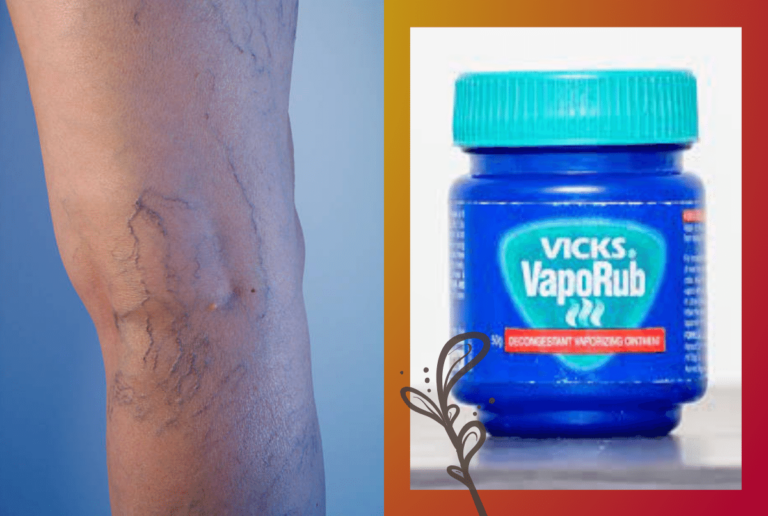How To Deal With Sebum Plugs Effectively?
Are you wrestling with the persistent issue of sebum plugs and seeking effective solutions?
Sebum plugs, those stubborn little blockages that can lead to a host of skin problems, are a common concern, particularly for those with oily or combination skin types.
But fear not, as understanding the nature of sebum plugs and the strategies to combat them can pave the way to clearer, more radiant skin.
Well, we’ll be going over:
- What exactly are sebum plugs, and how do they contribute to skin issues?
- What lifestyle and skincare practices can help prevent the formation of sebum plugs?
- What are some effective treatments and routines for managing existing sebum plugs and preventing future occurrences?
Let’s dive in.

What are Sebum Plugs?
Sebum plugs, sometimes known as comedones, form when the natural oils produced by your skin, called sebum, mix with dead skin cells, dirt, and other pollutants. This mix clogs the pores, leading to what you see as blackheads or whiteheads on the surface of your skin. They’re particularly common in areas rich in sebaceous glands, like your face, neck, chest, and back.
While it’s tempting to think of them as just a cosmetic nuisance, ignoring sebum plugs can escalate into more severe skin conditions, such as acne or even cysts. This is why understanding how to manage and prevent them is essential for maintaining healthy and clear skin. Knowing the right skincare routine and products can make a significant difference in controlling sebum production and preventing these plugs from forming.
Causes of Sebum Plugs
Understanding the root causes of sebum plugs is pivotal in tackling them effectively. One major factor is hormonal fluctuations which increase oil production in your skin. This excess oil can mix with dead skin cells, becoming trapped in your pores.
Another contributing factor is improper skincare. If you’re not cleansing your skin regularly or using products that aren’t suited for your skin type, you’re essentially laying out a welcome mat for sebum plugs. Similarly, over-exfoliation can strip the skin of its natural oils, prompting it to produce even more oil as compensation.
Environmental pollutants and excessive makeup use also play significant roles. Dirt and pollutants from the environment can accumulate on your skin, mixing with your natural oils and dead skin cells. Excessive makeup, especially non-comedogenic products, can further clog your pores, exacerbating the problem.
Balancing your skin’s natural oils requires understanding these factors and adapting your skincare routine accordingly.
Signs and Symptoms of Sebum Plugs
Recognizing the signs and symptoms of sebum plugs is crucial to addressing them effectively. If you’re unsure whether you’re experiencing this condition, there are several indicators to watch out for. Firstly, sebum plugs often appear as small, flesh-colored bumps on the skin. Unlike acne breakouts that are red and inflamed, these are typically less noticeable but can feel rough to the touch.
Another telltale sign is enlarged pores. This happens because the trapped sebum stretches out the pore. If your skin appears to have more prominent pores than usual, especially in areas known to be oilier like the nose and forehead, it’s likely due to sebum build-up.
Furthermore, you might notice blackheads or whiteheads forming in congested areas. These are direct results of sebum plugs oxidizing (blackheads) or remaining beneath the skin (whiteheads). It’s important to resist the urge to squeeze them as this can worsen the situation.
Feeling your skin texture becoming uneven or seeing a dull complexion are also signs that sebum plugs are affecting your skin’s health. By identifying these symptoms early, you can take steps to manage and prevent sebum plugs more effectively.
How to Prevent Sebum Plugs
Preventing sebum plugs starts with Understanding Your Skin Type. Knowing whether your skin is oily, dry, or combination will guide you in choosing the right skincare products. For oily and combination skin types, focus on lightweight, non-comedogenic formulas that won’t clog pores.
Next, Regular Cleansing is crucial. Opt for gentle cleansers that remove excess oil and impurities without stripping your skin of its natural moisture. It’s recommended to cleanse your face twice a day, in the morning and before bedtime, to prevent the buildup of sebum and dead skin cells that can lead to plugs.
Exfoliation plays a key role in preventing sebum plugs by removing dead skin cells that can clog pores. However, be cautious not to over-exfoliate, as this can irritate your skin and increase oil production. Incorporating a mild chemical exfoliant, like salicylic acid or glycolic acid, once or twice a week is effective for most skin types.
Maintaining a Balanced Diet and Staying Hydrated can also impact your skin’s health. Drinking plenty of water and consuming foods rich in antioxidants can help regulate sebum production. Remember, what goes into your body can reflect on your skin.
Adapt these practices into your skincare routine to keep sebum plugs at bay.
Treatment Options for Sebum Plugs
Dealing with sebum plugs requires a balanced approach that combines daily skincare routines with targeted treatments. First, it’s crucial to keep your skin clean. Use a gentle cleanser suited for your skin type twice a day to remove dirt, excess oil, and pollutants without stripping your skin of its natural oils.
Regular exfoliation is your next line of defense. Incorporate products containing salicylic acid or glycolic acid into your routine. These ingredients work by dissolving dead skin cells and sebum, preventing plugs from forming. However, limit exfoliation to once or twice a week to avoid irritation.
For persistent sebum plugs, consider professional treatments such as chemical peels or microdermabrasion. These procedures exfoliate your skin at a deeper level, offering more pronounced results.
Incorporate non-comedogenic moisturizers into your routine. They hydrate your skin without clogging pores, balancing moisture levels and reducing the likelihood of sebum plugs.
Conclusion
Tackling sebum plugs might seem daunting but with the right approach, it’s entirely manageable. Remember, the key lies in understanding your skin and tailoring your skincare routine to address its unique needs.
By incorporating regular cleansing, exfoliation, and hydration into your regimen, you’re setting the stage for clearer, healthier skin. Don’t underestimate the power of a balanced diet and adequate water intake, as these play a crucial role in skin health. If you’re facing persistent issues, seeking professional advice can provide targeted solutions.
Stay consistent with your efforts and you’ll see a notable difference in your skin’s texture and overall appearance. Here’s to embracing a more informed and proactive approach to skincare!






